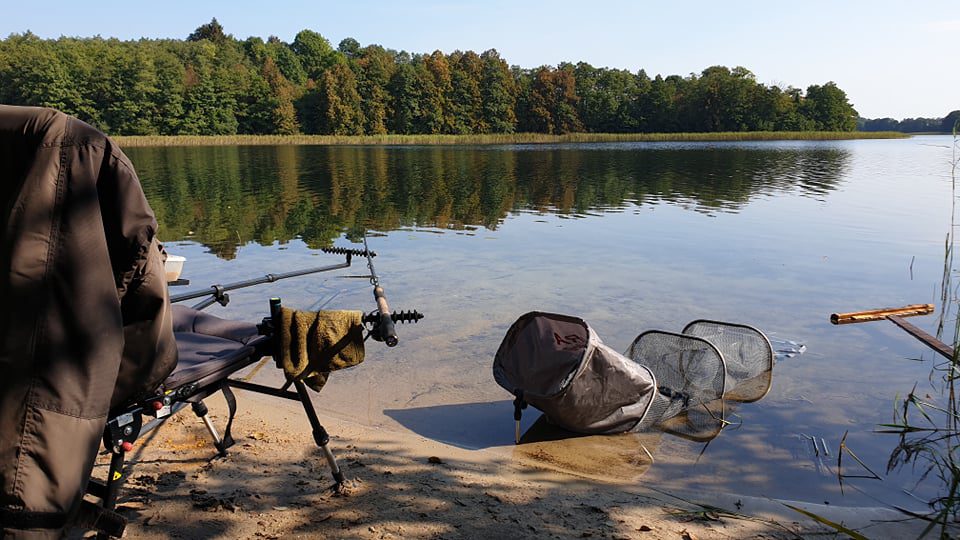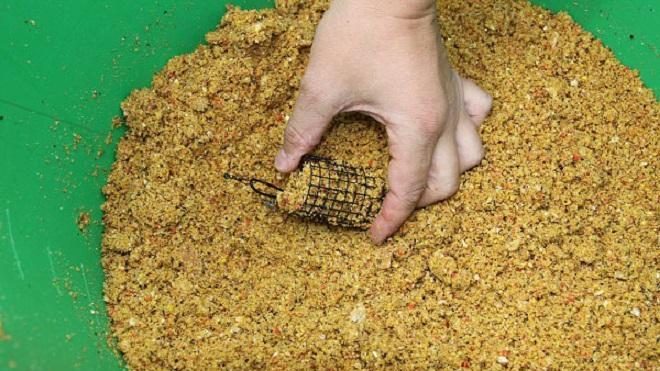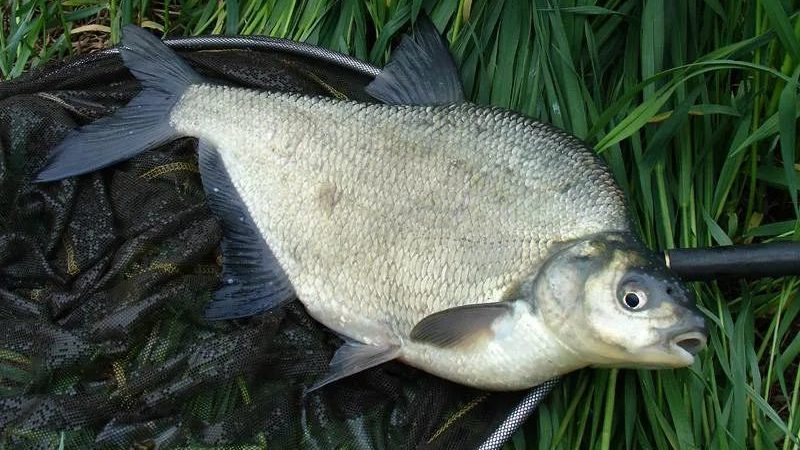Jei išmesime pasiruošimo etapą ir gaudysime bet kur, maitinsime bet kuo, tai, ko gero, apsiribosime mažų puskaršių arba kuojų gaudymu. Karšių žvejyba feederiu nuo kranto pasižymi kruopščiu pasiruošimo periodu.
Nėra kur skubėti – dažnai karšiai prie taško priartėja praėjus kelioms valandoms nuo žvejybos pradžios, nes kibimo zonoje susidaro maisto prisotintas plotas. Žvejybos pradžioje visada dažniausiai kimba smulki žuvis – žvejys turi sulaukti stambių žuvų atėjimo ir nepraleisti šio momento, kad į šėryklą gausiai pridėti gyvūninio komponento. Tai būtina, kad į tašką galvą įkišęs karšis liktų maitintis ir neišeitų. Karšių žvejyba feederiu sudėtingas užsiėmimas ir be pasiruošimo sulaukti gero rezultato tikrai nepavyks. Taip pat būtina žinoti ir pačio karšio gyvenimo būdą kuri galite sužinoti perskaitę šį mano straipsnį apie karšius.
Vietos pasiruošimas
Karšių žvejyba feederiu upėje ir kituose vandens telkiniuose prasideda nuo vietos paruošimo. Nereikia skubėti – karšis niekur nepabeks. Žvejo tikslas – tinkamoje vietoje paruošti puotą karšiui, kurią taip pat reikia rasti. Todėl nereikia iš karto užmesti meškerės ir bandyti gaudyti – pirmiausia reikia viską pasiruošti. Padedame stovus, kėdę, platformą, apverstą kibirą atsisėsti – pas kiekvieną žveją savo įranga. Tai pagrindinis patarimas pradedantiesiems žvejojant karšius feederiu – neskubėkite ir darykite viską palaipsniui.
Jauko paruošimas
Vieno recepto nėra – kiekvienam vandens telkiniui skirtingu metų laiku veikia skirtingi variantai. Tai gali būti mišiniai iš parduotuvėje pirktų jaukų, taip pat virtos košės namuose. Masalo sudėtis ir darbas su juo yra kertinis žvejojant feederiu. Dideli karšiai feederiu bus sugauti tik tada, kai viskas bus padaryta teisingai. Visos pagrindinės karšių žūklės paslaptys yra pagrįstos darbu su masalu, jauko sudėtimi ir darbu šėrimo vietoje.
- Jaukas karšiams turi būti stambios frakcijos. Šaltame vandenyje karšiai maitinasi mažiau todėl patariama naudoti mažiau stambios frakcijos jauke.
- Patariama į šėryklą papildomai dėti gyvulinės kilmės masalų – dzikas, matylius, pinkas, karpytas sliekas.
- Ankstyvą pavasarį ir vėlyvą rudenį pasyvioms žuvims pašarų frakciją reikia naudoti labai atsargiai, dozėmis – kad nepermaitinti. Vasarą maitiname daug – didelis karšis valgo daug ir su apetitu, kaip paršelis.
- Į jauką būtinai įmaišykite masalus kuriuos naudojate ant kablio.
- Vasarą geriausi aromatai yra saldūs, vaisiniai. Tai cinamonas, braškės ir kiti panašūs. Karšis mėgsta saldų jauką.
Karšiui reikia sunkaus jauko, kad užmetant į tašką jis nesukeltų pašaro dulkių debesio – toks jaukas greičiau privilios karšius. Esant stipriai srovei reikia lipnesnio mišinio.
Sumaišius jauką jis turi pastovėti, nuo 30 minučių iki valandos, kad subrinktų. Gerai paruoštas jaukas suspaudus, sulimpa į gumulą ir lengvai sutrupa pirštų pagalbą.
Taško pasirinkimas žvejybai
Daugelyje upių reljefas nėra ypač išraiškingas – nėra akivaizdžių šlaitų, o dugnas yra vienodas. Tokiose vietose reikia atidžiau ištirti dugną, traukiant žymeklio svarelį. Tikslas yra rasti kriauklių plotus, kieto dugno vietas tarp minkšto dugno, plotus su augalais, vietines duobes ar iškilimus. Tas pats galioja ir ežerams.
Startinis taško šėrimas
Pasirinkę tašką, pasirinkę orientyrą kitoje kranto pusėje ir nustatę atstumą ritės klipso pagalba (tiksliam užmetimui), pasirenkame šėryklą. Eksperimentuodami su šėryklos svoriu ir tipu, užtikriname, kad jos nenuneštų srovė (jeigu žvejojama upėje).
Susitvarkius su įranga galite pradėti dirbti su tašku. Pripildome šėryklą jauku ir metame į tašką, palaukiame porą minučių, iškratome ir kartojame procesą. Aš dažniausiai startiniam jaukinimui sumetu 5-7 šėryklas. Vasara galima ir daugiau. Po startinio užšėrimo dedame pavadėlį ir pradedame žvejybą.
Karšių žvejyba
Mažai tikėtina, kad žvejys mėgėjas turės kilogramus dzikų ar pinkų. Paprastai tokių masalų būna nedaug. Todėl daugiausia metame kukurūzus ar žirnius, bet kartais ir dzikų ar pinkų gabalėlius. Kartais gyvas dzikas nevilioja karšio (ypač pasyvaus), todėl naudojame paskandintą dziką – tam reikia užpilti vandeniu ir palaukti 30 minučių, kol dzikai nustos judėti. Galima nusipirkti iš karto skandintų dzikų ir turėti atskirą indelį su jais.
Pradedantiesiems pagrindinė užduotis – suprasti žvejybos eigą ir pajausti „pulsą”. Pavyzdžiui, jei pastoviai kimba smulkmė, bet staiga kibimai baigėsi – signalas, kad į tašką užsuko stambi žuvis ir išbaidė smulkmę. Dabar pagrindinė užduotis yra išlaikyti stambią žuvį taškę. Tai padės padaryti gyvi masalai jauke.
Karšių kibimas paprastai tai yra lygesnis ir stipresnis feederio viršūnės užlenkimas. Jei žūklės metu yra daug tuščių kibimų keičiame pavadėlio ilgį, kabliuko dydį, šėryklą.
Tai antroji aktyviosios feederio žvejybos pusė – nuolatinis darbas su įranga. Ieškome tinkamiausio varianto esamomis žūklės sąlygomis.






